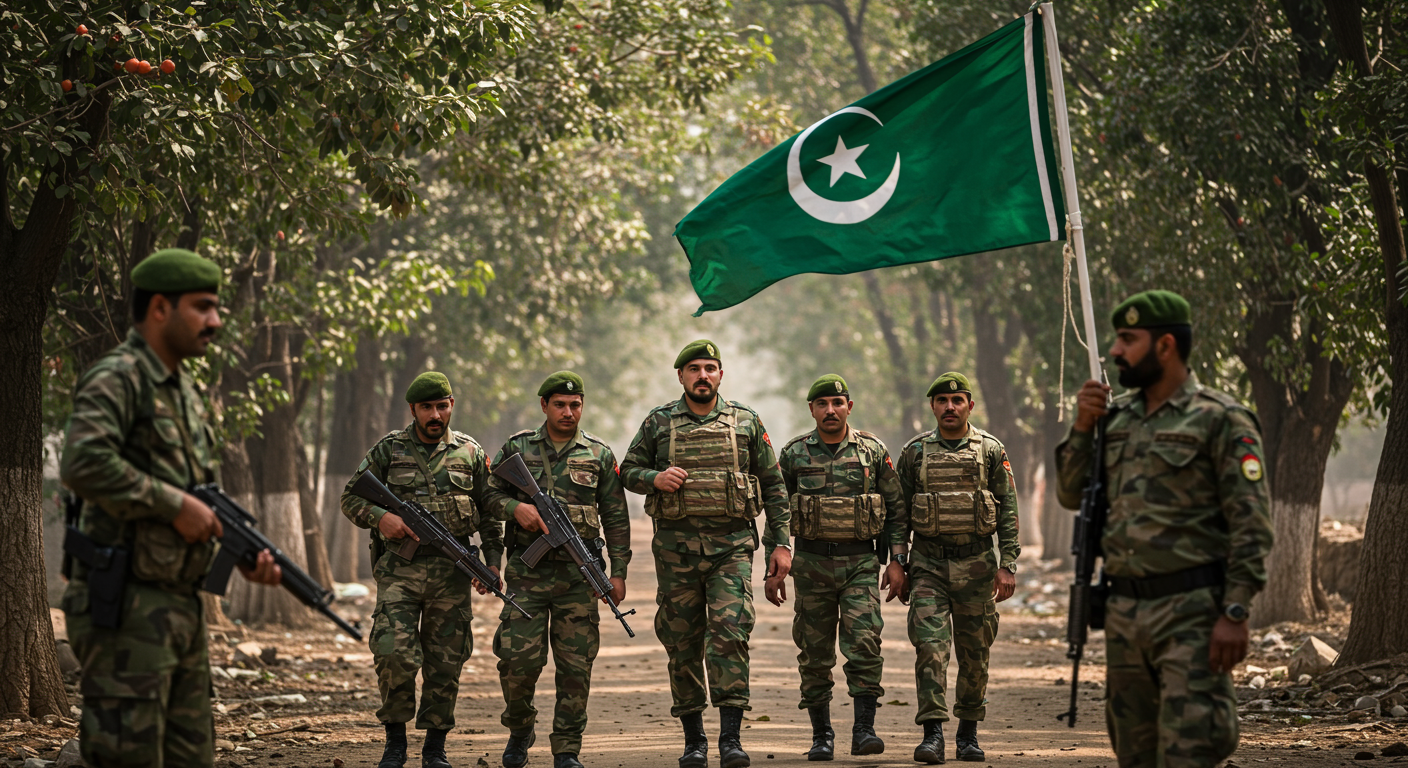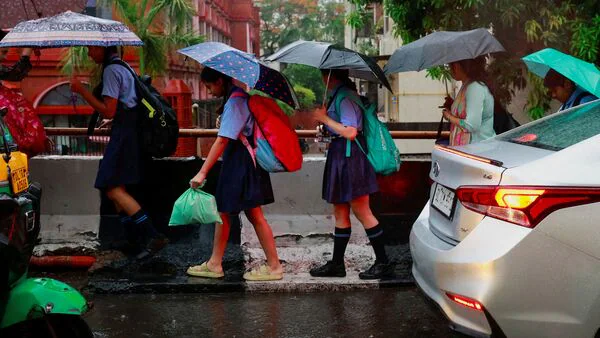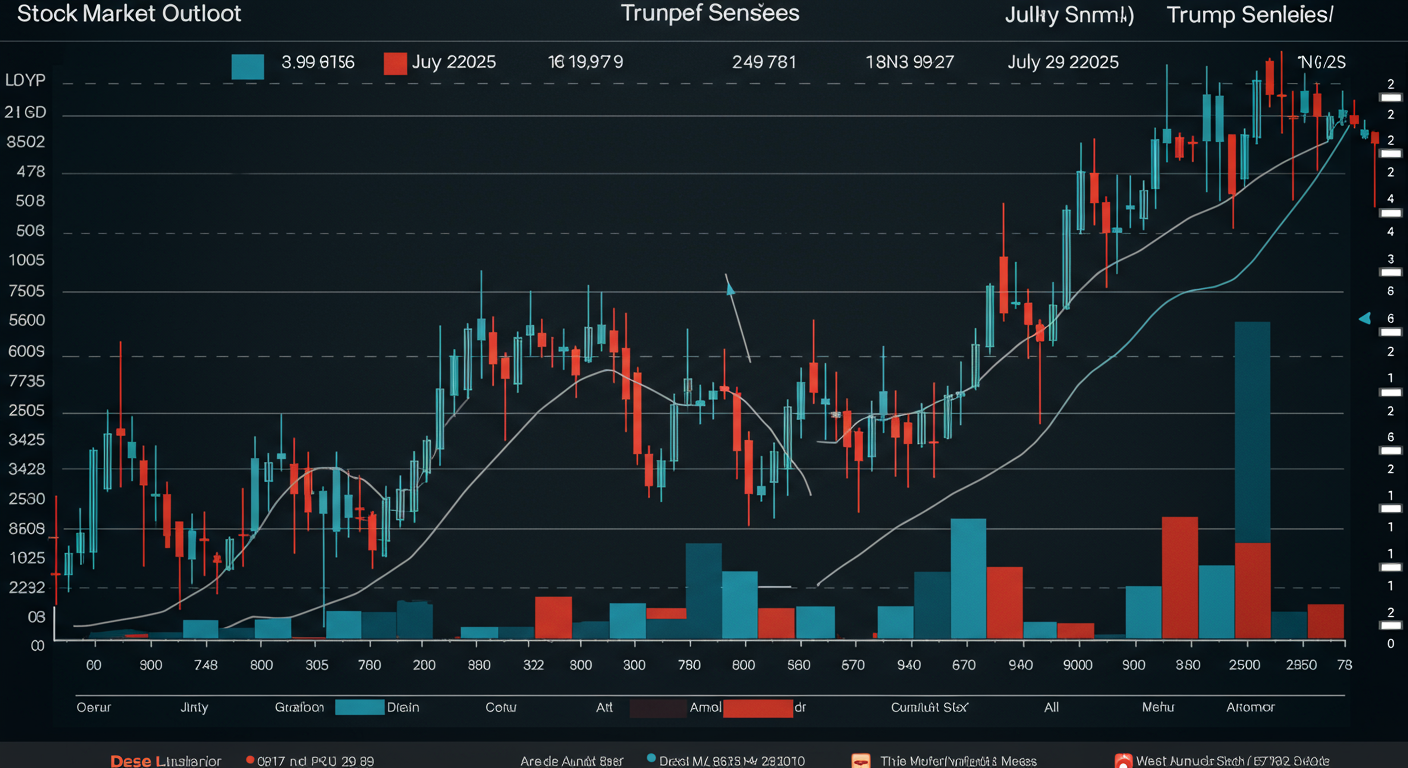Welcome to a deep dive into one of the most complex geopolitical situations unfolding in South Asia – the ongoing conflict in Balochistan, Pakistan. Recent reports have highlighted intensified activities by the Baloch Liberation Army (BLA), bringing this often-overlooked region into the spotlight once again. Understanding this conflict isn’t just about headlines; it’s about delving into history, grievances, and the human cost of a protracted struggle.
Understanding the Balochistan Conflict
The region of Balochistan, Pakistan’s largest province by land area, is a land of stark beauty and immense strategic importance. It’s rich in natural resources, including vast reserves of natural gas, coal, and minerals. However, despite its wealth, Balochistan remains one of the country’s least developed regions. This disparity fuels a long-standing nationalist movement, with various groups advocating for greater autonomy or even complete independence.
At the heart of this struggle are the Baloch people, an ethnic group with a distinct culture, language, and identity. Their grievances often stem from perceptions of economic exploitation, political marginalization, and human rights abuses. These feelings of alienation have given rise to several armed groups over the decades, with the Baloch Liberation Army (BLA) being one of the most prominent and active in recent times.
Who is the Baloch Liberation Army (BLA)?
The Baloch Liberation Army (BLA) is an ethno-nationalist militant organization that has been active in Balochistan since the early 2000s. It is one of several separatist groups operating in the region, but it has gained significant notoriety due to its more aggressive and high-profile attacks. The BLA’s stated aim is to achieve an independent Balochistan, free from what they perceive as Pakistani state oppression and exploitation.
The group primarily targets Pakistani security forces, infrastructure projects, and often, interests related to China’s Belt and Road Initiative (BRI), particularly the China-Pakistan Economic Corridor (CPEC), which passes through Balochistan. The BLA views CPEC as a project that further exploits Balochistan’s resources without benefiting the local population, and as a symbol of external control over their land.
While the BLA claims to fight for the rights and freedom of the Baloch people, their tactics, which often involve armed assaults and bombings, have been condemned by international bodies and categorized as terrorism by several countries, including Pakistan, the United States, and the United Kingdom. This designation highlights the complex and often controversial nature of their struggle.
Recent Incidents and Their Impact
The recent news about the BLA’s attacks in Pakistan underscores a worrying trend of escalating violence. These incidents are not isolated events but rather part of a pattern of increased activity by the group. The specific details of these attacks, often involving targeted strikes on security personnel and installations, reflect a shift in their operational capabilities and audacity.
Such attacks naturally lead to casualties, both among security forces and, at times, civilians caught in the crossfire. The human toll is significant, leaving families devastated and communities reeling. Beyond the immediate loss of life, these incidents contribute to an environment of fear and instability, making it difficult for everyday life to continue normally in affected areas.
From a broader perspective, these attacks also have economic ramifications. They disrupt development projects, deter investment, and further entrench the cycle of underdevelopment in Balochistan. When security is compromised, it becomes challenging to implement the very initiatives that could potentially address some of the underlying grievances contributing to the conflict.
The Geopolitical Chessboard: Balochistan’s Strategic Importance
Balochistan’s importance extends far beyond its internal dynamics. Its geographical location at the crossroads of South Asia, Central Asia, and the Middle East makes it a pivotal region for global powers. The province borders Afghanistan and Iran, and its coastline includes the deep-water port of Gwadar, a cornerstone of China’s Belt and Road Initiative.
The port of Gwadar is envisioned as a major trade hub, connecting western China to the Arabian Sea and beyond, providing Beijing with a crucial maritime route and strategic access. This development, while promising economic opportunities, also intensifies the existing tensions within Balochistan. For the BLA and other nationalist groups, CPEC represents an assertion of control by external forces that disregards local interests and rights.
The involvement of China adds another layer of complexity to the conflict. Chinese nationals and interests have been targeted by the BLA in the past, underscoring the group’s opposition to Beijing’s presence in the region. This makes the Balochistan conflict not just a domestic issue for Pakistan but also one with significant regional and international implications, impacting energy routes, trade corridors, and geopolitical rivalries.
Challenges and the Path Forward
Addressing the Balochistan conflict is an immense challenge that requires a multi-faceted approach. Military operations alone, while necessary for maintaining law and order, cannot solve the deep-rooted political and economic grievances that fuel the insurgency. A sustainable solution must involve dialogue, development, and justice.
One of the primary challenges is rebuilding trust between the state and the Baloch people. This involves ensuring transparency in resource distribution, equitable development that genuinely benefits local communities, and political reforms that give the Baloch a stronger voice in their own affairs. Investing in education, healthcare, and infrastructure can help alleviate poverty and create opportunities, thereby reducing the appeal of militancy.
Furthermore, addressing human rights concerns and ensuring accountability for any abuses are crucial steps towards reconciliation. For dialogue to be effective, there needs to be a credible process that includes all stakeholders, including disillusioned Baloch nationalists who might be willing to lay down arms for a peaceful resolution. However, the BLA’s current stance, often characterized by maximalist demands, makes such dialogue incredibly difficult.
The international community also has a role to play, not by interfering in Pakistan’s internal affairs, but by encouraging a peaceful resolution that respects human rights and promotes stability in a strategically vital region. Understanding the complexities of the conflict, from the historical injustices to the contemporary geopolitical pressures, is the first step toward finding a sustainable path forward.
Conclusion: A Call for Understanding
The conflict in Balochistan is a poignant reminder of how deeply intertwined history, economics, politics, and identity can be. The recent attacks by the Baloch Liberation Army are not just isolated security incidents; they are symptoms of a larger, underlying struggle for dignity, resources, and self-determination. For outside observers, it’s crucial to approach this topic with empathy and a commitment to understanding its nuances, rather than quick judgments.
While the path to peace and stability in Balochistan is undoubtedly long and fraught with challenges, acknowledging the legitimate grievances of its people, alongside upholding the rule of law, remains the most viable route. Ultimately, a peaceful Balochistan isn’t just beneficial for Pakistan; it contributes to the stability and prosperity of the entire South Asian region and beyond.









